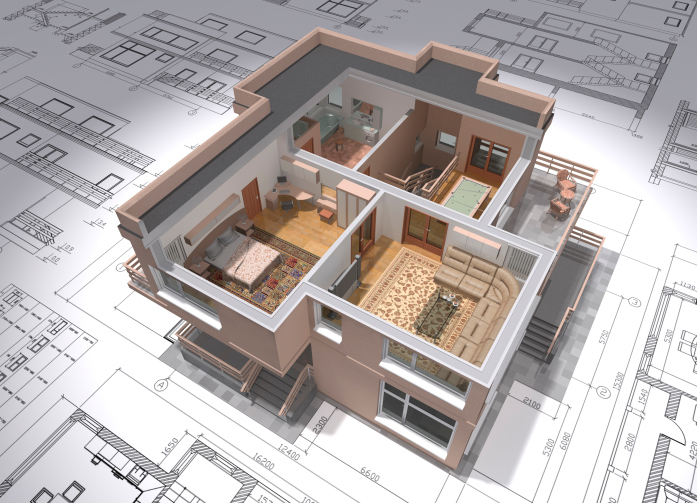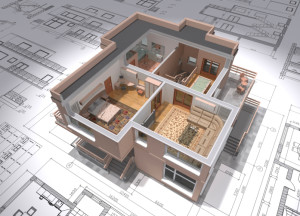As energy costs continue to consume more and more of a household's budget, homeowners are finding ways to reduce energy consumption, eliminate waste and increase energy efficiency. Almost every room in your house can benefit from applying some energy-saving techniques. In total, these room-by-room changes will lead to saving energy at home and lowering your monthly energy bills by a substantial amount.
Savings in the Kitchen
If your kitchen faucet leaks, repair the faucet as soon as possible. Even minor drips at the faucet can cause dozens or even hundreds of gallons of water to be lost. If the leak is coming from the hot water side, this could cause many gallons of hot water to be wasted over time. You'll not only lose the money you've spent to heat that water, you'll also have to pay to heat more water for your needs.
Replace appliances when it's time. Most kitchen appliances are available in high-efficiency models that save significant amounts of energy during normal operations. Look for the Energy Star logo on refrigerators, dishwashers, ovens, microwaves and other kitchen devices. Energy Star-certified products have been government tested and are certified to be as energy efficient as possible.
Conserve water when washing dishes. Only run the dishwasher when you have a full load of dishes to clean. Before putting dishes in the washer, scrape or wipe them instead of rinsing.
Living Room Savings
Put in a ceiling fan to improve comfort in this room while also boosting the efficiency of your heating and cooling systems. During the warmer months, direct the airflow downward to cool room occupants directly through air currents on their bodies. In the winter, set the fan to direct air upwards to help redistribute warm air that has risen and gathered near the ceiling.
Keep excess heat out of your living room by closing drapes and curtains to prevent sunlight from getting in during the summer. In the winter, open drapes to let in the extra warmth from sunshine.
Turn off what you're not using. Make sure to turn off living room lights, televisions, and other devices when you're not using them or when you leave the room. Unplug battery chargers, televisions and items that use standby power. Put Energy Star-certified light bulbs in the fixtures, or use CFL bulbs or LED lighting to reduce energy consumption.
Saving Energy at Home in Bedrooms
Install a programmable thermostat and use it to lower your HVAC system's function during the night when you and your family are comfortably in bed. The thermostat can automatically increase heating or cooling for the morning time when you're getting ready for your day. This will reduce energy use and expenses while still providing plenty of comfort when you need it.
Instead of turning up heating equipment in the winter, consider using extra blankets to keep yourself warm at night.
Saving Energy in the Bathrooms
Reduce the temperature settings at the water heater to save significant amounts of energy and money. Water temperatures of 120 degrees are usually plenty hot enough for bathing and cleaning tasks. You'll also be safer with cooler water in case of accidental exposure to hot water.
Replace fixtures with low-flow options. Low-flow shower heads and faucets will provide plenty of water for bathing or cleaning while reducing the amount of water you use. This will cut down on overall water use and will limit the amount of hot water used in this room.
Saving Energy at Home in the Attic
Insulate attics thoroughly. Uninsulated or minimally insulated attics can get extremely hot in the summertime as sunlight beats down on the room. The heat will then radiate downward and make your living spaces hotter and less comfortable. Make sure the attic walls, ceiling and floors are thoroughly insulated to prevent this heat buildup. This will also help with preventing heat loss through the attic during winter.
For more information on saving energy at home, check out Maxx AC and Heating's energy efficiency solutions, or call (281) 338-2653.
Image via Thinkstock



